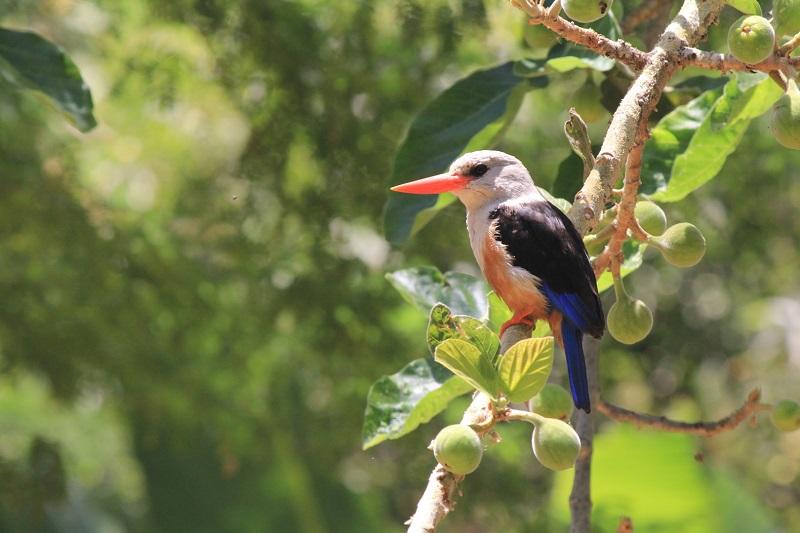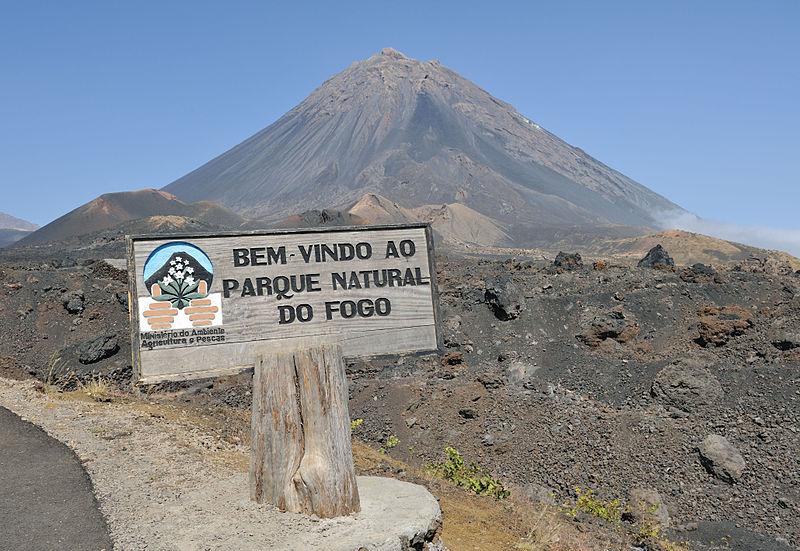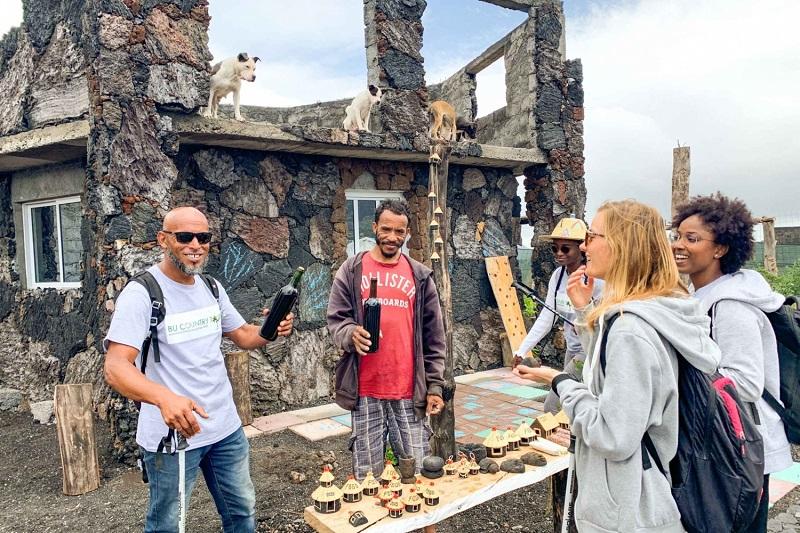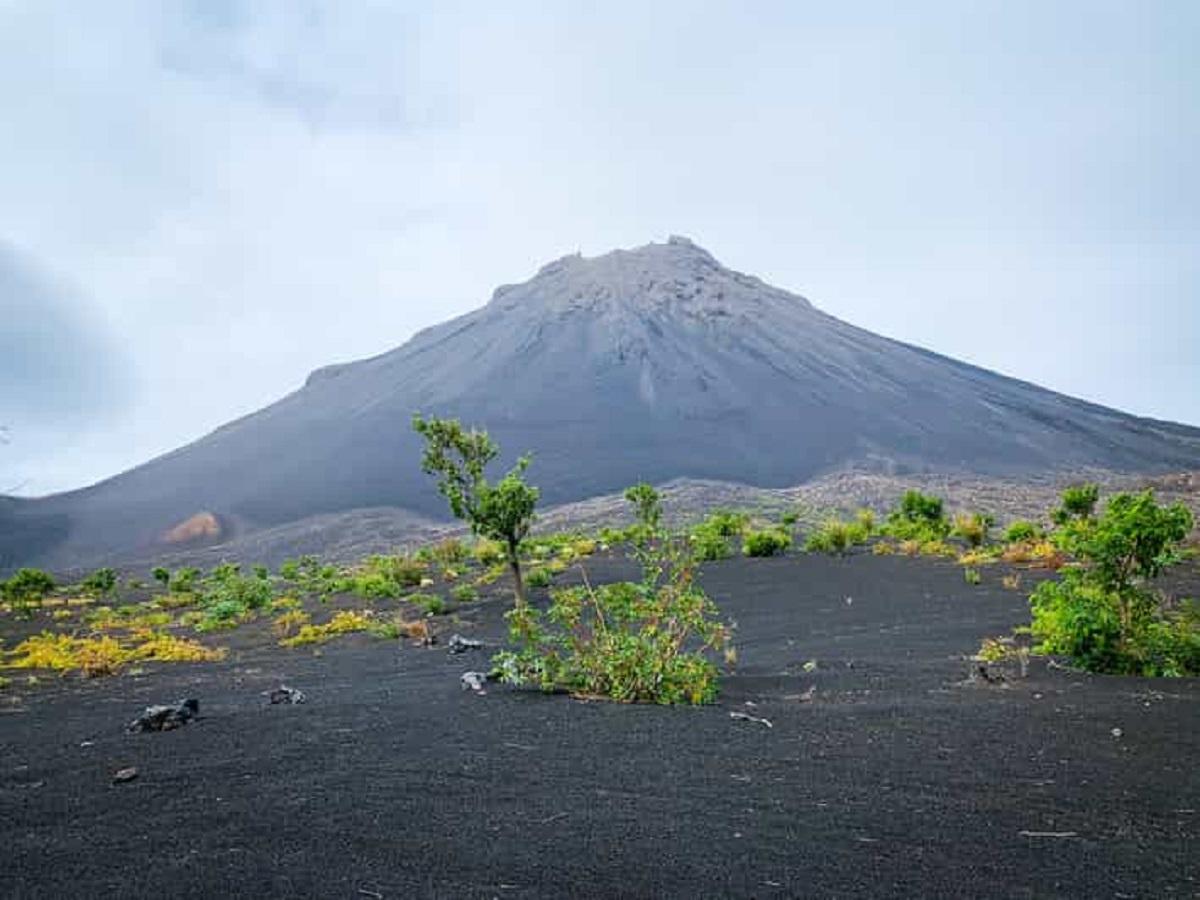Fogo National Park covers an area of around 8,469 hectares and is located in the southern part of Fogo Island. The park was established primarily to protect Pico do Fogo and its surrounding ecosystems, which have evolved over centuries in response to the volcanic activity that defines the region.
The most recent eruption in 2014 reshaped parts of the landscape, creating new lava fields and altering the lives of the local communities that live within the park’s boundaries. The park is an extraordinary example of nature’s ability to rebuild after volcanic eruptions, with vibrant greenery growing out of the dark, barren lava rock.
It is home to unique species of plants, such as the Fogo broom and various types of fig trees, which have adapted to the harsh, nutrient-poor soil. Additionally, vineyards thrive in the volcanic soil, producing a local wine known as “Chã,” which is highly regarded on the island.
Please Download Our Mobile App here
Overview of Fogo National Park
The landscape around the volcano is dramatic, with a large caldera that offers excellent hiking opportunities and views that showcase the island’s rugged beauty. The park covers about 84.69 km², encompassing much of the volcanic landscape and several small settlements like Chã das Caldeiras, where locals have adapted to living near the active volcano.
The park offers visitors not only a chance to explore the raw volcanic scenery but also to interact with local communities and experience the agricultural practices in this fertile yet unpredictable environment. The park also provides excellent opportunities for birdwatching, seeing endemic plant species, and learning about the unique biodiversity of this volcanic region.
Wildlife in Fogo National Park

Fogo National Park is home to several species of wildlife that have adapted to the island’s harsh volcanic environment. While the park is not known for large mammals, its birdlife is diverse and abundant. Birdwatchers will find a range of species, including the Cape Verde warbler, Iago sparrow, and various species of seabirds that frequent the coastal areas of the island.
Reptiles such as geckos and skinks are also commonly seen in the park, with the endemic Fogo skink being one of the notable species found only on Fogo Island. The park’s plant life is equally unique, with many species that have adapted to thrive in the nutrient-poor, volcanic soil.
Fogo broom, fig trees, and endemic species of shrubs and grasses add color and life to the otherwise rugged and rocky landscape. The rich volcanic soil also supports agricultural activities, with vineyards being a significant feature of the park’s landscape.
Best Time to Visit Fogo National Park
The best time to visit Fogo National Park is between November and May. During these months, the skies are clear, and temperatures are mild, making it ideal for outdoor activities such as hiking and exploring the volcano. This period also falls outside Cape Verde’s rainy season, which runs from August to October, though Fogo Island receives less rainfall compared to other parts of the archipelago.
If you’re looking to hike Pico do Fogo should plan their trip during the dry season, as the trails can be more challenging to navigate after rainfall. The cooler months also offer better visibility for those interested in photography and scenic views of the volcano and surrounding landscapes.
Getting to Fogo National Park

Fogo National Park is located on Fogo Island, one of the islands in Cape Verde. The nearest major city is São Filipe, which is also the main entry point to the island. You can reach Fogo Island by flying into São Filipe Airport from Praia, the capital of Cape Verde. There are regular domestic flights from Praia to São Filipe, making it relatively easy to access the island.
Once in São Filipe, the park is about a 30-kilometer drive inland. Most visitors choose to travel by road to Chã das Caldeiras, the village located inside the crater of Pico do Fogo, which serves as the starting point for hikes up the volcano. Rental cars, taxis, and local guides are available to help visitors reach the park and explore its rugged terrain.
Other Activities in Fogo National Park
Fogo National Park is best known for its challenging hikes and volcanic exploration, with the trek to the summit of Pico do Fogo being the most popular activity. The hike to the top of the volcano is demanding but rewarding, offering stunning views of the island and the Atlantic Ocean from the summit.
In addition to hiking, visitors can explore the unique volcanic landscapes, including lava fields created by past eruptions, and visit the local vineyards that produce Fogo’s famous wine. Wine tasting tours are available in Chã das Caldeiras, allowing visitors to sample the region’s distinctive wine and learn about the traditional winemaking process.
Cultural tourism is also a major draw, with the local community of Chã das Caldeiras offering insights into life in the shadow of an active volcano.
Park Fees for Fogo National Park

As of 2024, the park fees for Fogo National Park are:
- Foreign Visitors (Adults): €10 per person
- Foreign Visitors (Children): €5 per person
- Cape Verde Residents (Adults): CVE 500 per person
- Cape Verde Residents (Children): CVE 250 per person
These fees help support the park’s conservation efforts and contribute to the local economy, especially in the rebuilding efforts following volcanic eruptions.
FAQs: Visiting Fogo National Park
Is the hike to Pico do Fogo suitable for all fitness levels?
No, the hike to Pico do Fogo is challenging and is recommended for those with a good level of fitness. It involves steep ascents and can take several hours to complete, but the views from the summit are well worth the effort.
Can I visit the park without a guide?
Yes, you can visit Fogo National Park without a guide, but it is recommended to hire a local guide for hikes up the volcano or to explore the lava fields, as they can provide valuable insights and ensure your safety.
Is it safe to visit the park considering the active volcano?
Yes, it is generally safe to visit Fogo National Park, but visitors should be aware that Pico do Fogo is an active volcano. The park authorities monitor volcanic activity closely and provide warnings if there is any risk of an eruption.
Conclusion
Fogo National Park offers a unique and adventurous experience, centered around the dramatic landscapes of an active volcano. For those seeking a destination that combines adventure, geology, and Cape Verdean culture, Fogo National Park is an unmissable stop.



